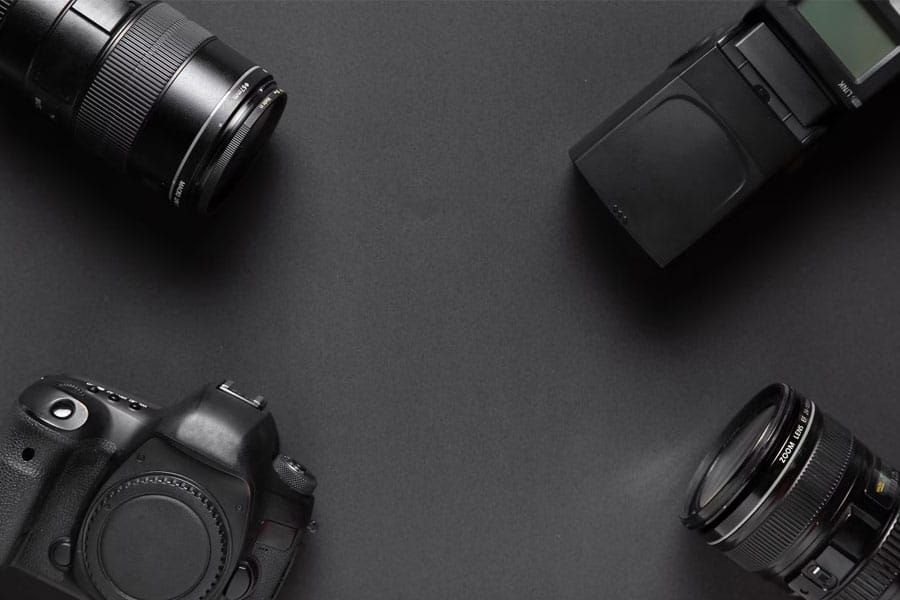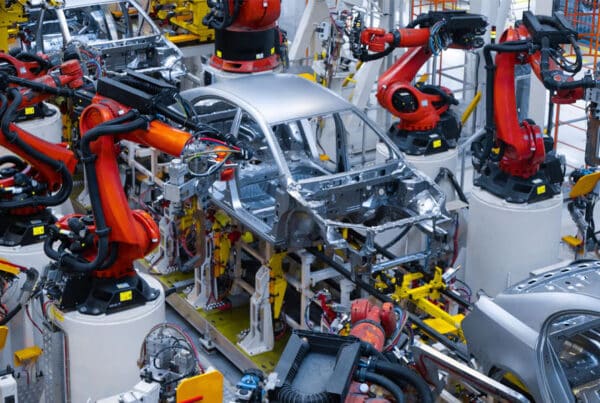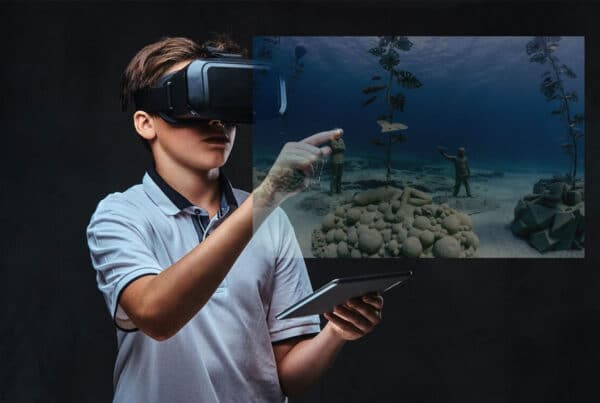
Introduction
The rise of 360 video tours has transformed how businesses showcase their products, services, and environments. These immersive experiences allow users to explore spaces interactively, providing a unique perspective that traditional media cannot match. However, one question frequently arises: Do 360 video tours require a special camera? This article will delve into the types of cameras needed for creating 360 video tours, the technology behind them, and considerations for selecting the right equipment.
Understanding 360 Video Cameras
What is a 360 Video Camera?
A 360 video camera is designed to capture panoramic images and videos in all directions simultaneously. Unlike traditional cameras that have a limited field of view, 360 cameras use multiple lenses or a single lens with a wide-angle capability to create immersive content. The resulting footage can be viewed in virtual reality (VR) environments or on standard screens, allowing users to navigate through the captured space.
Types of 360 Cameras
- Single-Lens 360 Cameras: These cameras use a single lens with a fisheye design to capture a full 360-degree image in one shot. They are typically compact and easy to use, making them ideal for beginners. Examples include the Insta360 One X and GoPro MAX.
- Dual-Lens 360 Cameras: These cameras feature two lenses positioned back-to-back to capture images from both directions simultaneously. They often provide higher resolution and better image quality than single-lens models. Popular options include the Ricoh Theta Z1 and Insta360 One R.
- Multi-Lens Cameras: Designed for professional use, these cameras have multiple lenses that can capture high-resolution images and videos suitable for cinematic applications. The Insta360 Pro 2, for example, features six lenses and can shoot in 8K resolution.
Do You Need a Special Camera?
The Necessity of Specialized Equipment
While it is possible to create basic 360 video content using standard cameras with wide-angle lenses, specialized 360 cameras are highly recommended for producing high-quality virtual tours. Here’s why:
- Image Quality: Specialized 360 cameras are designed to capture high-resolution images with minimal distortion. They often come equipped with advanced image processing capabilities that enhance clarity and detail, which is crucial for creating engaging virtual tours.
- Seamless Stitching: Most dual-lens and multi-lens cameras automatically stitch together images captured from different angles to create a seamless panoramic view. This process is vital for ensuring that users do not see visible seams or misalignments in the final product.
- User-Friendly Features: Many modern 360 cameras come with user-friendly interfaces, built-in stabilization, and mobile app support that simplify the shooting process. These features make it easier for creators—especially those new to virtual tour production—to achieve professional-quality results.
Considerations When Choosing a Camera
When selecting a camera for creating 360 video tours, consider the following factors:
- Resolution: Aim for a camera that offers at least 4K resolution or higher for both photos and videos. Higher resolution allows viewers to zoom in without losing detail, enhancing their overall experience.
- Low Light Performance: If you plan to shoot in environments with varying lighting conditions, choose a camera known for its low light performance. Cameras like the Ricoh Theta Z1 excel in indoor settings where lighting may be limited.
- Ease of Use: Look for cameras that are intuitive and easy to set up. Features such as touchscreen controls and companion apps can significantly streamline the shooting process.
- Stabilization Technology: Good stabilization is essential for capturing smooth footage, especially if you plan to shoot while moving or walking through spaces. Many modern 360 cameras come equipped with advanced stabilization technologies that help reduce motion blur.
- Budget Considerations: While high-end models offer superior quality, there are also budget-friendly options available that can still produce great results. Cameras like the Insta360 One X2 provide excellent performance without breaking the bank.
Equipment Needed Beyond the Camera
While having a specialized camera is crucial for creating effective 360 video tours, other equipment can enhance your production quality:
- Tripods and Monopods: A sturdy tripod or monopod is essential for stabilizing your camera during shoots. Look for options specifically designed for 360 cameras that have thin bases to minimize visibility in the final product.
- Lighting Equipment: Proper lighting can significantly improve the quality of your virtual tour. Consider investing in portable LED lights or softboxes to ensure even illumination throughout your shooting environment.
- Editing Software: After capturing your footage, you’ll need software to edit and stitch your images together seamlessly. Many camera manufacturers provide their own editing software; however, programs like Adobe Premiere Pro or Final Cut Pro can offer more advanced editing capabilities.
- Storage Solutions: High-resolution video files can take up considerable storage space; therefore, ensure you have adequate storage solutions such as external hard drives or cloud storage options to manage your files effectively.
Conclusion
Creating engaging and immersive 360 video tours requires specialized equipment designed specifically for capturing panoramic content effectively. While it is possible to use standard cameras with wide-angle lenses, investing in dedicated 360 video cameras will yield higher-quality results due to their superior image quality, seamless stitching capabilities, and user-friendly features.When selecting a camera for your virtual tour projects, consider factors such as resolution, low light performance, ease of use, stabilization technology, and budget constraints. Additionally, complementing your camera with essential equipment like tripods, lighting solutions, editing software, and adequate storage will enhance your production quality further.As businesses increasingly embrace virtual experiences as part of their marketing strategies or customer engagement efforts, understanding the importance of specialized equipment will be key to creating impactful 360 video tours that resonate with audiences effectively.




